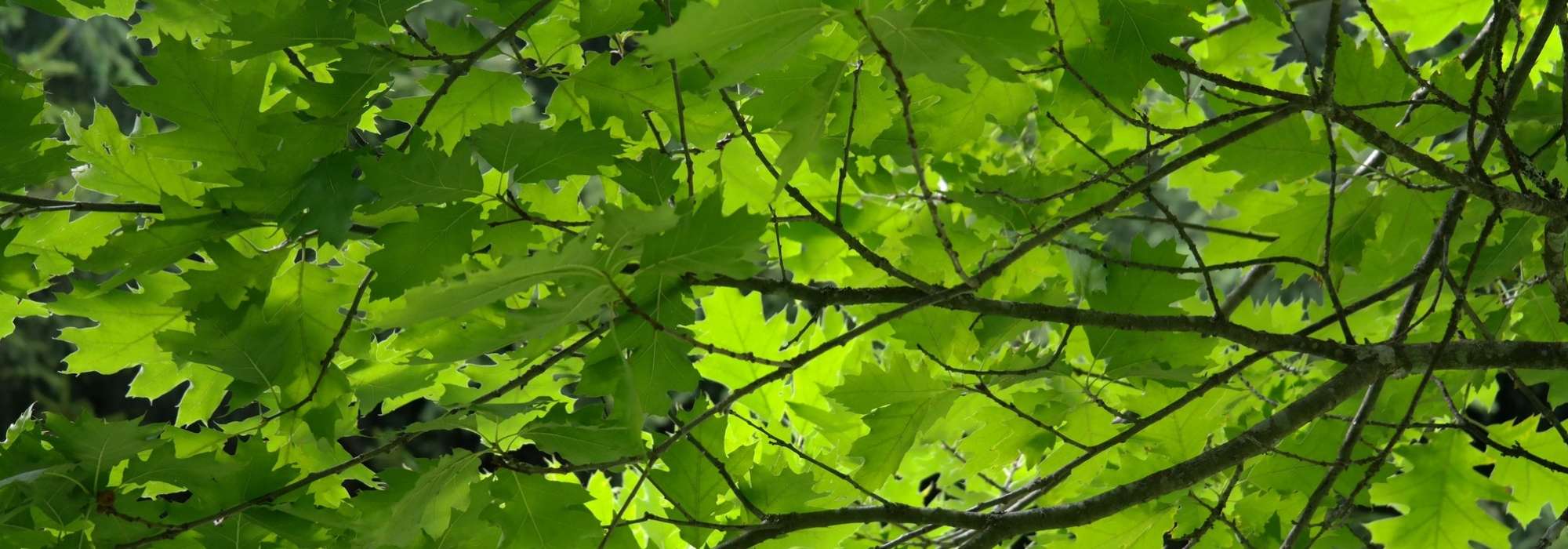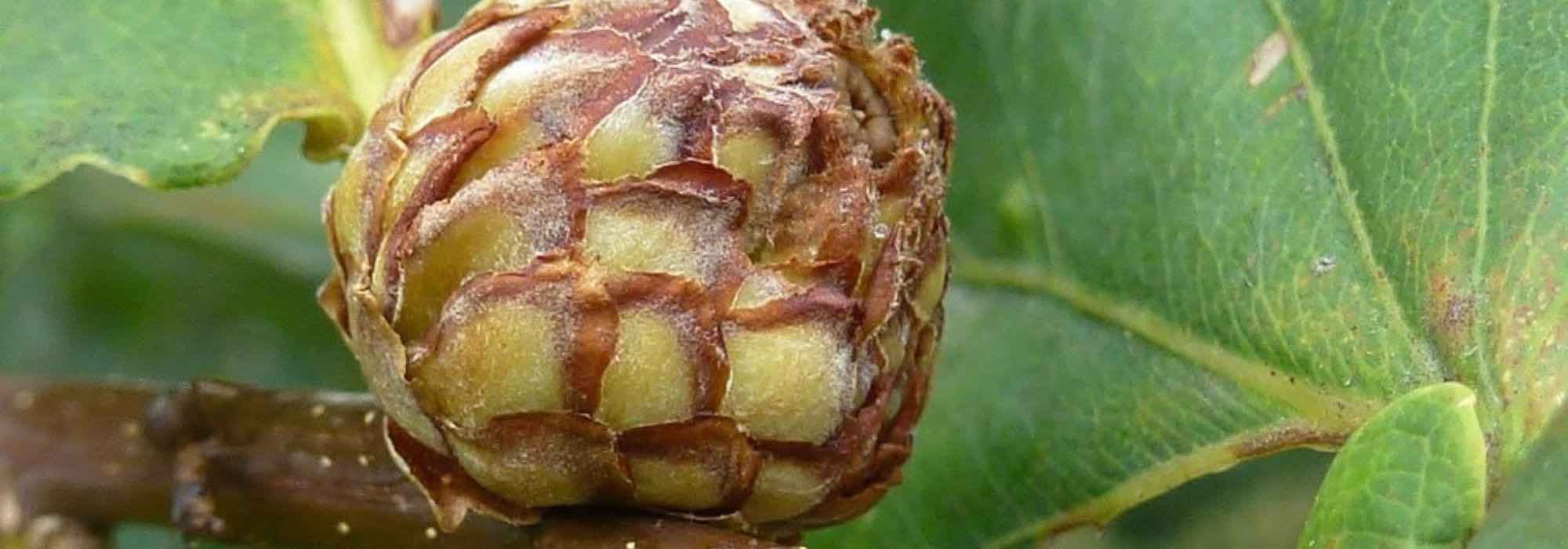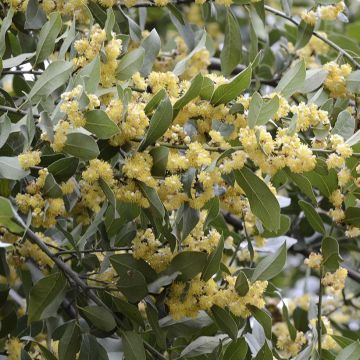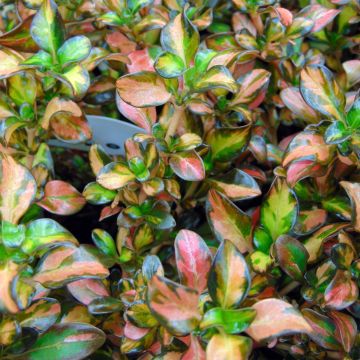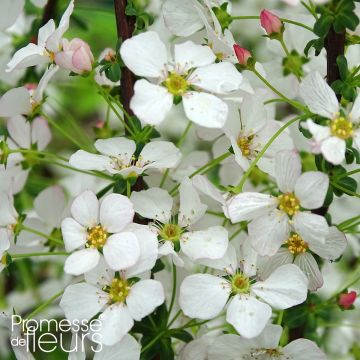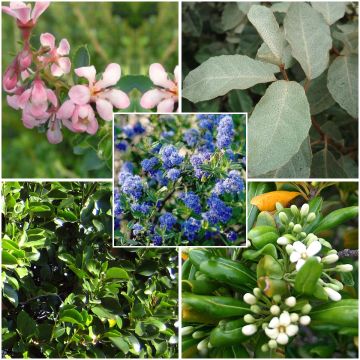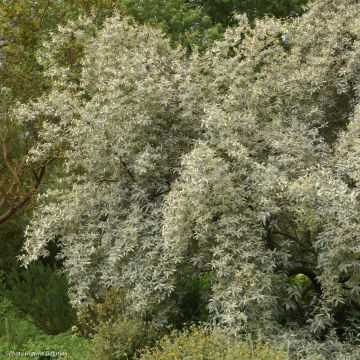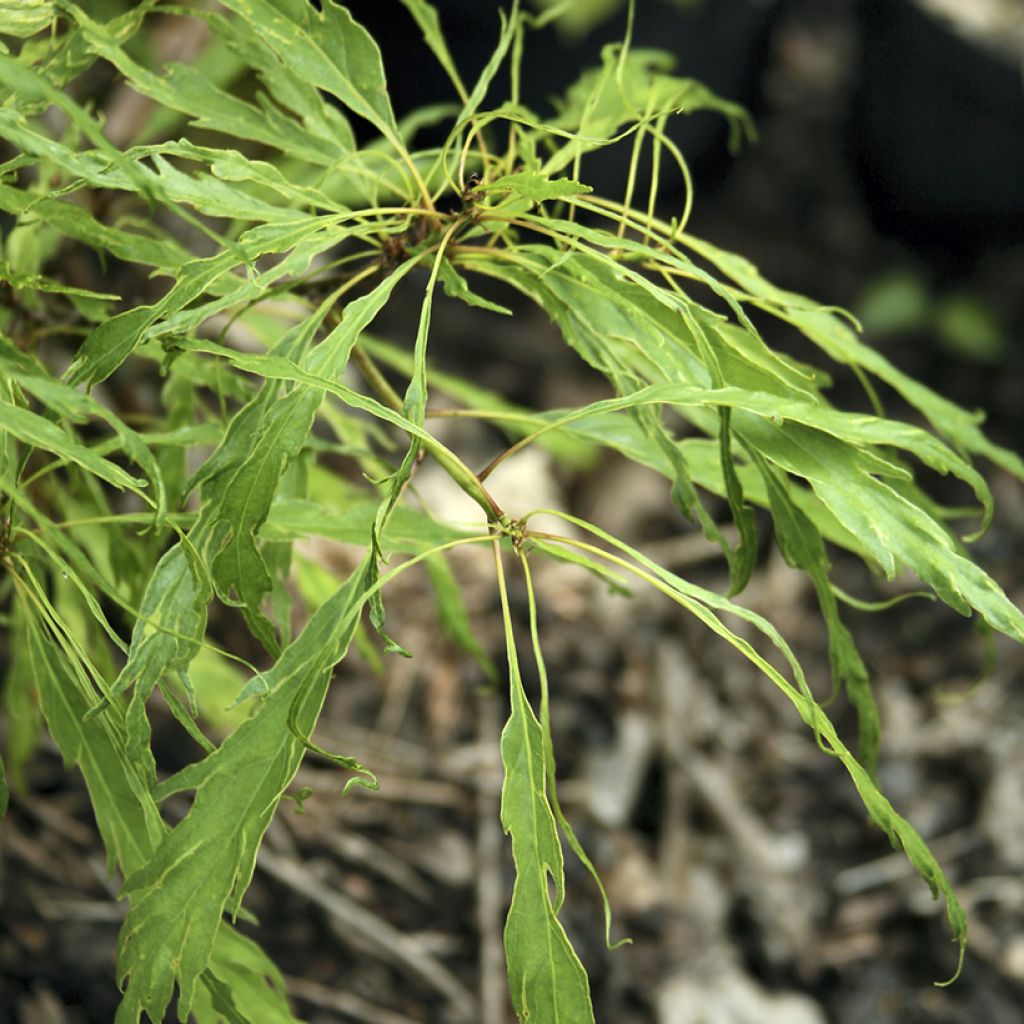

Quercus petraea Insecata - Sessile Oak
Quercus petraea Insecata - Sessile Oak
Quercus petraea Insecata
Sessile Oak, Durmast Oak
Special offer!
Receive a €20 voucher for any order over €90 (excluding delivery costs, credit notes, and plastic-free options)!
1- Add your favorite plants to your cart.
2- Once you have reached €90, confirm your order (you can even choose the delivery date!).
3- As soon as your order is shipped, you will receive an email containing your voucher code, valid for 3 months (90 days).
Your voucher is unique and can only be used once, for any order with a minimum value of €20, excluding delivery costs.
Can be combined with other current offers, non-divisible and non-refundable.
Home or relay delivery (depending on size and destination)
Schedule delivery date,
and select date in basket
This plant carries a 24 months recovery warranty
More information
We guarantee the quality of our plants for a full growing cycle, and will replace at our expense any plant that fails to recover under normal climatic and planting conditions.
Would this plant suit my garden?
Set up your Plantfit profile →
Description
Quercus petraea 'Insecata' is an original and rare variety of English oak or sessile oak, with deeply incised foliage. The leaves are longer than those of the species, thread-like and incised, as if nibbled by insects. This heirloom variety, found in botanical gardens, arboretums, and collections, develops a wide and irregular crown, massive and twisted branches located towards the lower part of the trunk, deciduous foliage that provides pleasant shade in summer, and numerous acorns that delight small animals. Its growth, more modest than that of the species, still requires space in a large garden.
The sessile oak, also known as the English oak, durmast oak, rock oak, or black oak depending on the region, belongs to the Fagaceae family. It is native to a large part of temperate Europe. It prefers sub-oceanic to oceanic climates or continental climates without excess and not too dry. It is a spontaneous species of hills and low mountains, where it can be found up to 1600 metres in altitude. It is a light-demanding species, although young individuals appreciate light shade. More tolerant than the pedunculate oak, able to grow in rocky soils, slightly calcareous and occasionally dry, it nevertheless prefers loamy-sandy soils that are neutral to acidic, fresh, deep, and well-draining.
Quercus petraea 'Insecata', also known as 'Laciniata', is a variety distinguished by its astonishing foliage, deeply incised, with leaves measuring up to 15-20 cm long. It reaches a height of 10 to 20 m at maturity depending on the growing conditions, with a width of 7 to 14 m. The growth of this oak is rather slow. The rather short trunk is covered with initially green and smooth bark, which then becomes dark, thick, and slightly fissured. The leaves turn brown, quite late in autumn, and remain attached to the branches before falling. The root system of this tree is deep and powerful, with both taproot and spreading roots, ensuring a solid and long-lasting anchorage in deep and sandy soils.
Plant the 'Insecata' sessile oak individually or in rows in a large garden. It offers the advantage of providing pleasant shade, which allows light to filter through in winter. Its fruits, sometimes produced in abundance, feed small animals such as squirrels and jays. It can be associated, for example, with maples, plane trees, hackberries (hardy even in the north), lindens, and sophora in a large park. The root system of oaks, which tends to go deep, allows the planting of companion plants at their base: consider, for example, bear's breeches, Anemone blanda, Omphalodes verna, periwinkles, Naples cyclamen, dead nettles, shade-loving perennial geraniums, Ophiopogon, and Liriope muscari...
Quercus petraea Insecata - Sessile Oak in pictures
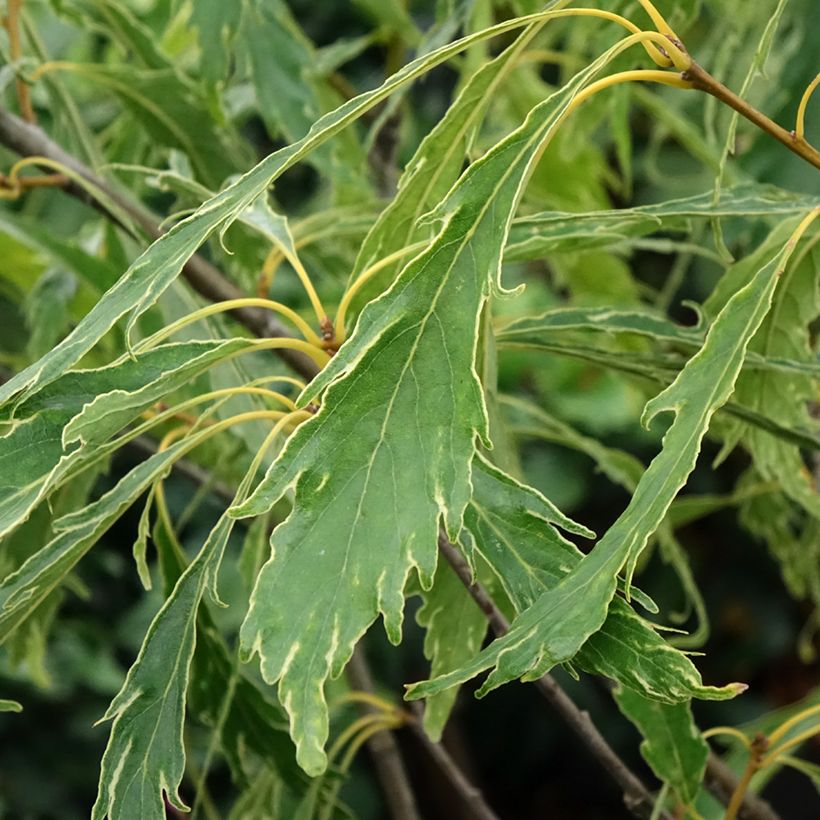

Plant habit
Flowering
Foliage
Botanical data
Quercus
petraea
Insecata
Fagaceae
Sessile Oak, Durmast Oak
Quercus petraea Laciniata
Cultivar or hybrid
Planting and care
Quercus petraea 'Insecata' grows in ordinary soil, but it prefers deep, well-drained soil that is slightly acidic or neutral. However, this accommodating oak can also grow in less favourable soils, such as clay if they are well-drained, or rocky and slightly calcareous if they are deep. It is not tolerant of waterlogged soils. Once established, this tree with deep roots can withstand relatively dry summers and does not require additional watering. This oak tree can thrive in most areas. It prefers moist, well-drained soils where its growth will be faster. It prefers sunny and open exposures. Use a sturdy stake to help it get started, follow the watering instructions, and then let nature take its course. Once established, this tree requires very little maintenance, except for the removal of dead wood. It is not prone to diseases, although powdery mildew can affect its foliage.
Planting period
Intended location
Care
Planting & care advice
This item has not been reviewed yet - be the first to leave a review about it.
Similar products
Haven't found what you were looking for?
Hardiness is the lowest winter temperature a plant can endure without suffering serious damage or even dying. However, hardiness is affected by location (a sheltered area, such as a patio), protection (winter cover) and soil type (hardiness is improved by well-drained soil).

Photo Sharing Terms & Conditions
In order to encourage gardeners to interact and share their experiences, Promesse de fleurs offers various media enabling content to be uploaded onto its Site - in particular via the ‘Photo sharing’ module.
The User agrees to refrain from:
- Posting any content that is illegal, prejudicial, insulting, racist, inciteful to hatred, revisionist, contrary to public decency, that infringes on privacy or on the privacy rights of third parties, in particular the publicity rights of persons and goods, intellectual property rights, or the right to privacy.
- Submitting content on behalf of a third party;
- Impersonate the identity of a third party and/or publish any personal information about a third party;
In general, the User undertakes to refrain from any unethical behaviour.
All Content (in particular text, comments, files, images, photos, videos, creative works, etc.), which may be subject to property or intellectual property rights, image or other private rights, shall remain the property of the User, subject to the limited rights granted by the terms of the licence granted by Promesse de fleurs as stated below. Users are at liberty to publish or not to publish such Content on the Site, notably via the ‘Photo Sharing’ facility, and accept that this Content shall be made public and freely accessible, notably on the Internet.
Users further acknowledge, undertake to have ,and guarantee that they hold all necessary rights and permissions to publish such material on the Site, in particular with regard to the legislation in force pertaining to any privacy, property, intellectual property, image, or contractual rights, or rights of any other nature. By publishing such Content on the Site, Users acknowledge accepting full liability as publishers of the Content within the meaning of the law, and grant Promesse de fleurs, free of charge, an inclusive, worldwide licence for the said Content for the entire duration of its publication, including all reproduction, representation, up/downloading, displaying, performing, transmission, and storage rights.
Users also grant permission for their name to be linked to the Content and accept that this link may not always be made available.
By engaging in posting material, Users consent to their Content becoming automatically accessible on the Internet, in particular on other sites and/or blogs and/or web pages of the Promesse de fleurs site, including in particular social pages and the Promesse de fleurs catalogue.
Users may secure the removal of entrusted content free of charge by issuing a simple request via our contact form.
The flowering period indicated on our website applies to countries and regions located in USDA zone 8 (France, the United Kingdom, Ireland, the Netherlands, etc.)
It will vary according to where you live:
- In zones 9 to 10 (Italy, Spain, Greece, etc.), flowering will occur about 2 to 4 weeks earlier.
- In zones 6 to 7 (Germany, Poland, Slovenia, and lower mountainous regions), flowering will be delayed by 2 to 3 weeks.
- In zone 5 (Central Europe, Scandinavia), blooming will be delayed by 3 to 5 weeks.
In temperate climates, pruning of spring-flowering shrubs (forsythia, spireas, etc.) should be done just after flowering.
Pruning of summer-flowering shrubs (Indian Lilac, Perovskia, etc.) can be done in winter or spring.
In cold regions as well as with frost-sensitive plants, avoid pruning too early when severe frosts may still occur.
The planting period indicated on our website applies to countries and regions located in USDA zone 8 (France, United Kingdom, Ireland, Netherlands).
It will vary according to where you live:
- In Mediterranean zones (Marseille, Madrid, Milan, etc.), autumn and winter are the best planting periods.
- In continental zones (Strasbourg, Munich, Vienna, etc.), delay planting by 2 to 3 weeks in spring and bring it forward by 2 to 4 weeks in autumn.
- In mountainous regions (the Alps, Pyrenees, Carpathians, etc.), it is best to plant in late spring (May-June) or late summer (August-September).
The harvesting period indicated on our website applies to countries and regions in USDA zone 8 (France, England, Ireland, the Netherlands).
In colder areas (Scandinavia, Poland, Austria...) fruit and vegetable harvests are likely to be delayed by 3-4 weeks.
In warmer areas (Italy, Spain, Greece, etc.), harvesting will probably take place earlier, depending on weather conditions.
The sowing periods indicated on our website apply to countries and regions within USDA Zone 8 (France, UK, Ireland, Netherlands).
In colder areas (Scandinavia, Poland, Austria...), delay any outdoor sowing by 3-4 weeks, or sow under glass.
In warmer climes (Italy, Spain, Greece, etc.), bring outdoor sowing forward by a few weeks.






























